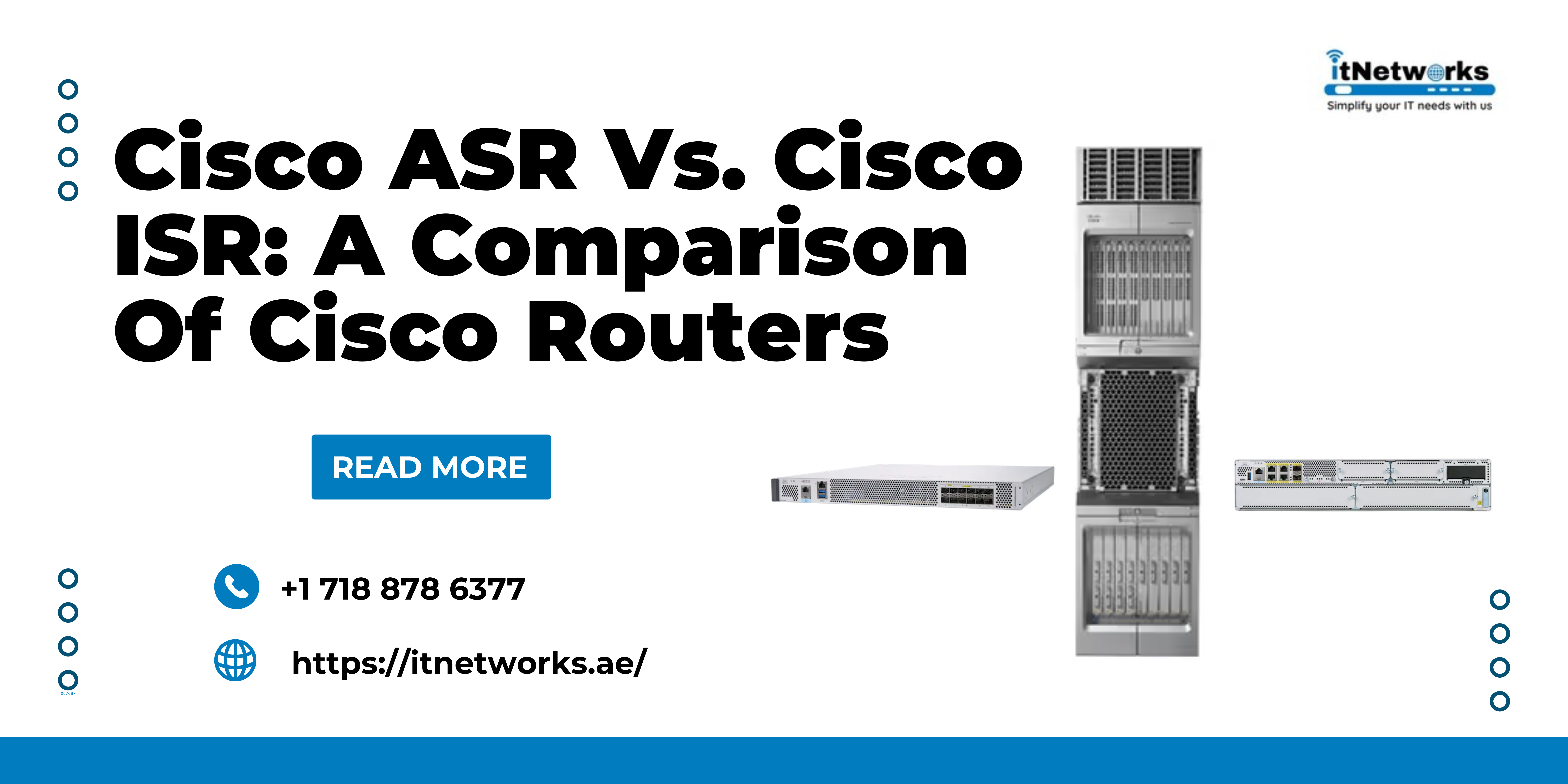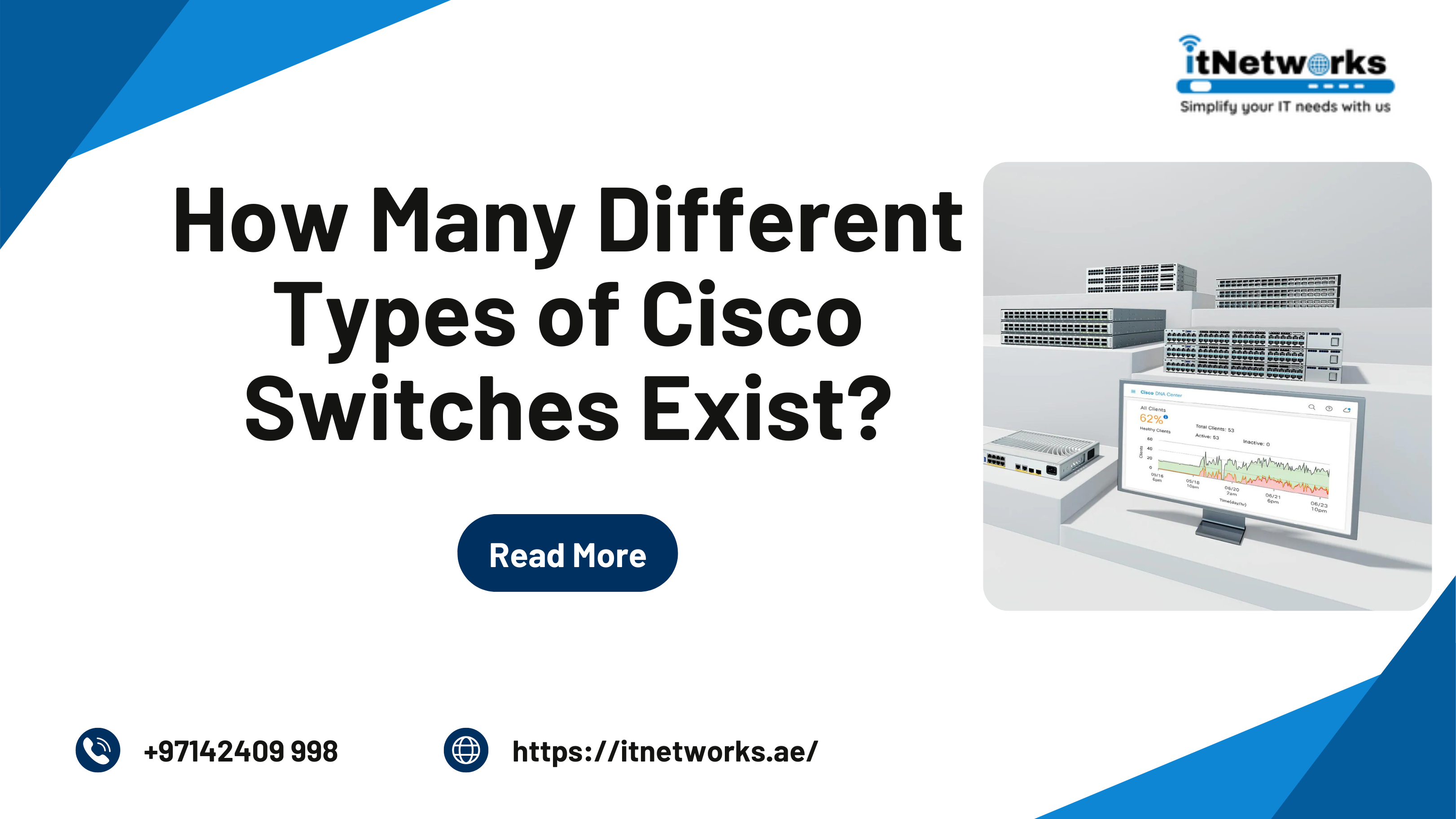What are the 2 main standards of structured cabling?
As a network administrator, you might have received several complaints from companies regarding network downtime. And this is something you would never want because network downtime leads to huge losses for organizations. There are many reasons for the network, but the one that’s commonly experienced is low-quality cabling systems.
If you don’t want the organizations to suffer because of your poor service, you should install newly built structured cabling systems. This system eliminates much network downtime. Other than this, the structured cabling systems represent about 5% of the total network investment, which is significantly high compared to other networking cabling components.
Structured cabling systems give an extremely “structured” approach to the complete cabling system, meaning they control all data traffic such as voice, data, and video as well as big complex building management systems.
Not only this, but the structured cabling systems divide the complete into controllable blocks and attempt to connect these blocks, producing high-performance cabling network systems. This is what companies rely on in the current situation.
Are all structured cabling systems the same?
No, all the structured cabling systems are not the same. They all are unique because of the variations mentioned below:
- Building’s architectural structure, housing the cabling structure
- Cable and items used for connection
- Features and functionalities of the cabling installation
- Types of equipment for the present and future needs of cabling installation
- Configuration of an already installed cabling system
- Requirements of the customers and warranties of the manufacturer
About the standards of the structured cabling systems
The two standards of structured cabling systems
ANSI/TIA-568
Until the 1980s, there was a lack of specifications relating to telecommunications cabling systems. All communication and network cabling was proprietary and often suited to a single-purpose use. This was a big concern for the consumers, vendors, and high-profile manufacturers.
Keeping this concern in mind, the TIA & EIA published their first ever version of the Commercial Building Telecommunications Cabling System in the year 1991. This published system was known as ANSI/TIA/EIA-568 or TIA/EIA-568. Everything happened under the guidance of the TIA TR-41 group and associated other subcommittees.
The role of the Computer Communications Industry and Association, also known as CCIA, was also very vital at that time as it asked the EIA to build specifications, encouraging structured and standardized cabling systems.
This standard was published in 1991, but it has evolved over the years. The current form of ANSI/TIA-568 is very different from what was actually produced. The changes evolved in the standard because of simple reasons such as to build a network cabling specification that would support more than one vendor application, give the direction of the design of all the telecommunication equipment and cabling items that serve commercial companies, specify a structured cabling system generic enough to support both voice and data and establish technical and performance guidelines and give some guidelines for planning and installation of the structured cabling system technology.
What’s the scope of the ANSI/TIA-568 standard?
This standard addresses the following things, making the installation easier for the network administrators.
- Subsystems of the structured cabling system.
- Minimum requirements for telecommunications cabling.
- Installation methods and networking practices.
- Connector and pin assignments.
- The age of a telecommunications cabling system technology that should exceed 10 years
- Media types and performance specifications for the latest horizontal and backbone cabling.
- Connecting the hardware performance specifications
- Recommended topology and distances
- The cabling elements’ definition, which include horizontal cable, cross-connects, telecommunication outlets, etc.
ISO/IEC-11801
Unlike ANSI/TIA-568, the ISO/IEC-11801 is an international standard. It’s followed worldwide for information technology systems. ANSI/TIA-568 was mostly about telecommunication but ISO-IEC-11801 standards regulate structured cabling systems within an IT network.
The best thing about this standard is that it is strictly reviewed every five years. The last major review and revision took place in the year 2017.
The purpose of the ISO/IEC-11801 is to deal with all general standards for network cabling in any commercial building. Particularly, this section of the ISO standard covers data, voice, and video services for cabling along with some specifications for both copper cabling and fiber-optic cabling.
Importance of following structured cabling systems’ standards during installation
The standardization of structured cabling systems’ installation is important to ensure acceptable cabling system performance from increasingly complex cabling arrangements. The standards should be followed for the cable layout and physical installation of the structured cables.
By following the standards, you will carefully lay out the cable and necessary equipment for the organization’s new system with future use in mind. Even if any new technology or cabling system is included, the structured cabling systems will deliver amazing performance if you follow these standards.
Talking about ANSI/TIA standards, they mandate that cables be backward-compatible, meaning that any latest cables should be able to support and work with an older cabling system. Just keep in mind that if you work within the specifications of these structured cabling standards, you will not have to worry about performance and reliability.
Wrapping Up
Whether you are dealing with data-cabling companies or companies that want to install and integrate a system of their own or both, the standards of structured cabling systems will be helpful for you.
With these standards, the employees of all your associated companies will offer the best performance and have all the capabilities to keep up with the day-to-day requirements.
If you want to know anything about structured cabling systems and their standards,
please feel free to connect with us via WhatsApp at +971585811786.





